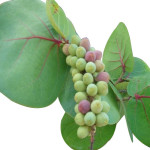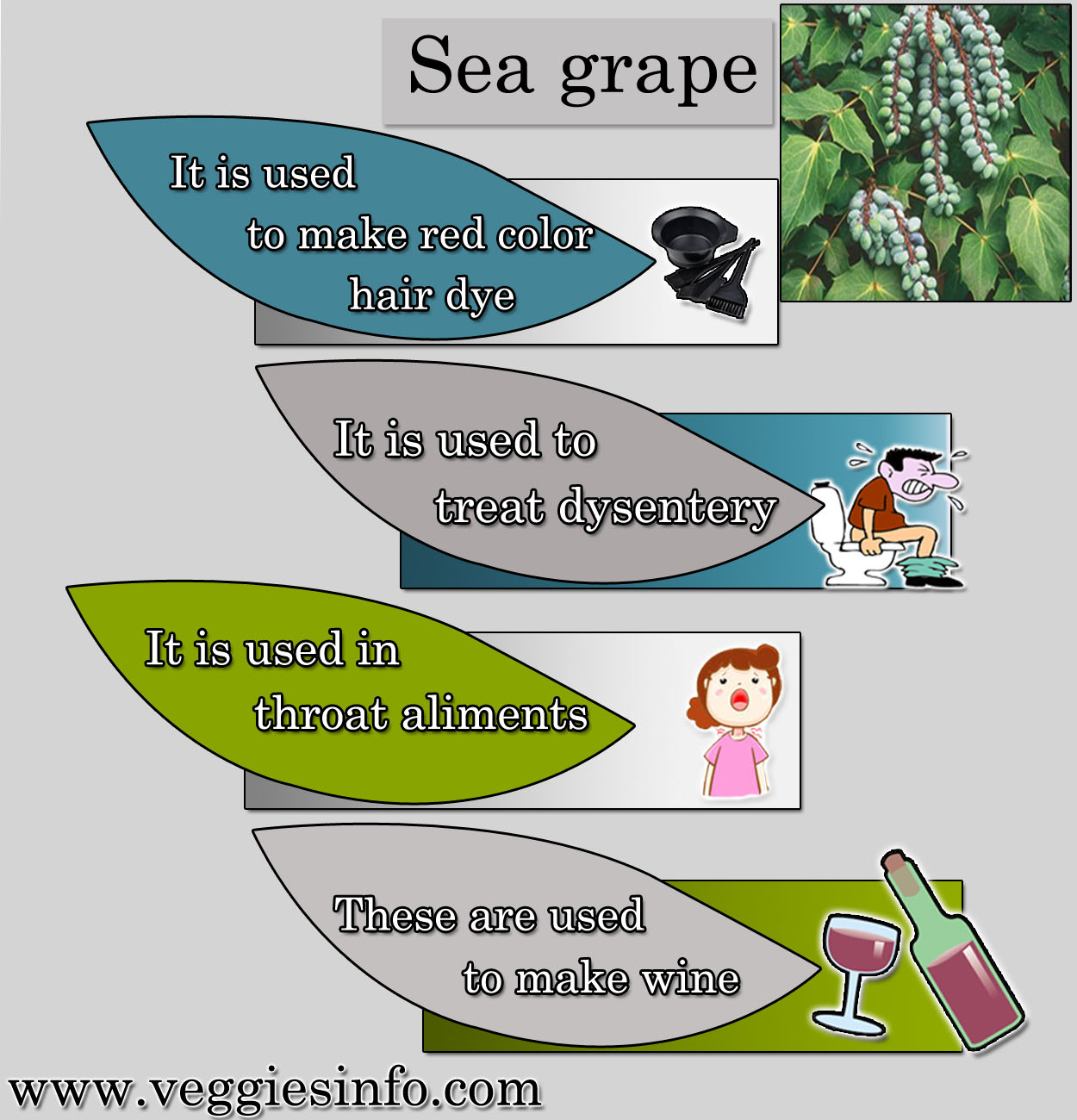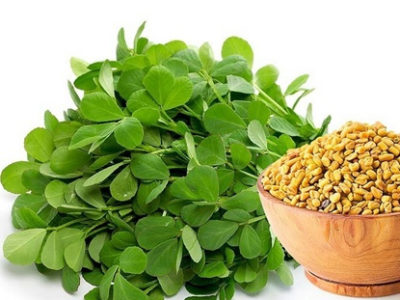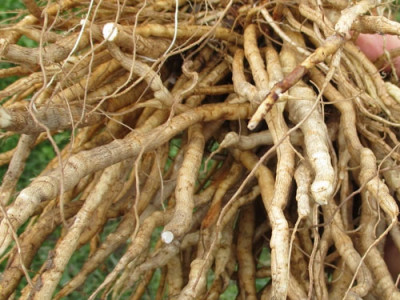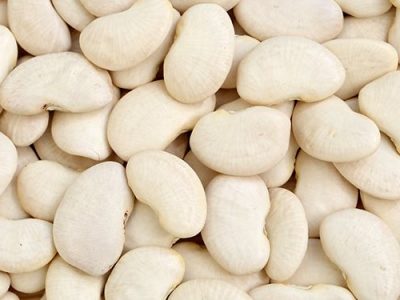
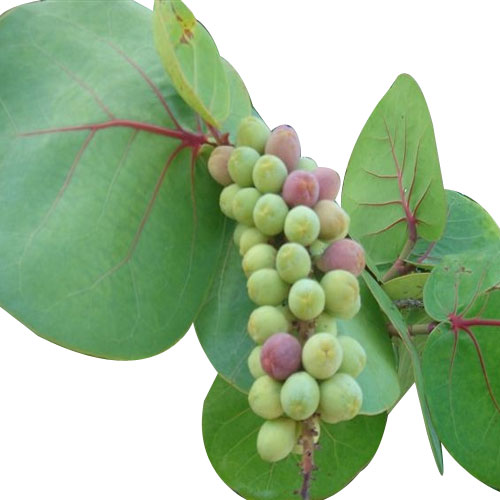
Sea Grape Origin Properties And its Health Benefits
Sea Grape
Plant milk is consumed for many centuries and the most popular varieties are soy milk, almond milk, rice milk and coconut milk. The plant milk is also used to make other food products such as ice-cream, vegan cheese, yogurt and plant cream. These milks have lots of essential nutrients and minerals. This topic will deal with a sea weed named Sea Grape. It belongs to the genus of Caulerpa and the family of Caulerpaceae. They are shiny green, grape like plants mainly used as vegetables. This plant is famous internationally because of its high nutritional value. This plant is a popular form of delicacy in Japan and Philippines. The other common names of this plant are Green Caviar, Lelato, Ararusip, Lato, baygrape and Umi-budo. The botanical name of this plant is Coccoloba uvifera.
[tribulant_slideshow gallery_id="232"]
Properties Of Sea Grape
The weed grows up to about 2 to 5 m and the diameter of the plant is around 2mm. The branches measures around 20 mm long. The plants are extremely small and branches are very erect. The structure is grape like. Each grape is a tiny spherical bead and these are tightly packed on a vertical stem to form a sausage like shape. The grape, through a narrow channel is attached to the stem. These bunches of grapes emerge from a long horizontal stem that creeps over the surface.
Sea Grape Taste
This sea weed which is robust, crispy, watery and slimy tastes like sea water and other algae. It is slightly salty. The softness that is found in this sea weed makes it edible. The color of this sea grape ranges from bright green to bluish and at times olive green.
Origin And Harvesting
This sea weed is abundantly found in Indonesia, Philippines, Thailand, Vietnam and Japan.It is also found in Kenya, Madagascar, Mauritius, Mozambique, Somalia, South Africa, Tanzania and Papua New Guinea. Sea Grape grows well in warm, shallow lagoons, coral rubbles, rocky, sandy or muddy sea bottoms and pond. It cannot survive in fresh water.Planting is done manually and harvesting is done after two months. The harvested weeds are washed with sea water and then sorted for packing.
Plantings are usually done by hand. Harvesting begins about two months after first planting and then the sea weed is pulled out of the muddy bottom. The seaweed resembles bunches of seaweed. The grapes are tightly packed on a vertical stem and the whole forming a sausage-liked shape. Sea grapes are a popular edible species in some places.
| Principle | Nutrient Value |
|---|---|
| Vitamin A Retinol Equivalent | 10µg |
| Vitamin E Alpha Tocopherol | 0.2mg |
| Vitamin K | 35µg |
| Vitamin B2 | 0.01mg |
| Folate | 4µg |
| Biotin | 0.1µg |
| Sodium | 330mg |
| Potassium | 39mg |
| Calcium | 34mg |
| Magnesium | 51mg |
| Phosphorus | 10mg |
| Iron | 0.8mg |
| Copper | 0.01mg |
| Manganese | 0.08mg |
| Iodine | 80µg |
| Total Dietary Fiber | 0.8g |
| Sodium Chloride Equivalent | 0.8g |
Medicinal Use
Sea grapes have long been used for medicinal purposes in certain parts of the world. The leaves of the plant are used to make a tea which is believed to have anti-inflammatory, anti-diabetic, and anti-cancer effects. The leaves can also be crushed and applied topically to treat skin conditions such as eczema and psoriasis. The fruit of the plant is believed to have anti-microbial and anti-fungal properties and can be used to treat a variety of ailments including diarrhea and other digestive issues. Sea grapes are also thought to be beneficial for treating respiratory conditions such as bronchitis and asthma.
Uses
- In the Philippines, the seaweed is eaten fresh as a salad, or salted so it can be eaten later.
- Small quantities are also exported to Japan. It is also eaten in Malaysia and Indonesia.
- This seaweed is very rich in minerals and supplements.

